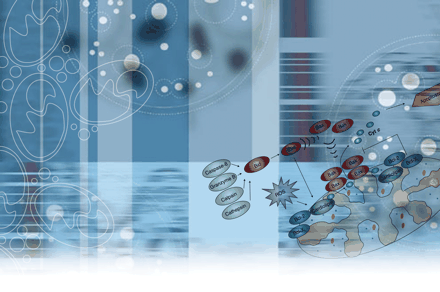ROLE of MITOCHONDRIA in TOXIC OXIDATIVE STRESS
- 1Department of Pharmaceutical Sciences, 2University of Colorado Cancer Center, University of Colorado Health Sciences Center, Denver, CO 80262, USA;
- 3Department of Biomedical Sciences, University of Prince Edward Island, Charlottetown, PE Canada C1A 4P3;
- 4Program in Neuroscience, University of Colorado Health Sciences Center, Denver, CO 80262, USA;
- 5Laboratory of Molecular Genetics, National Institute of Environmental Health Sciences, National Institutes of Health, Research Triangle Park, NC 27709, USA;
- 6Institute of Environmental Medicine, Division of Toxicology, Karolinska Institutet, SE-171 77 Stockholm, Sweden
Abstract
Oxidative stress and mitochondrial oxidative damage have been implicated in the etiology of numerous common diseases. The critical mitochondrial events responsible for oxidative stress–mediated cell death (toxic oxidative stress), however, have yet to be defined. Several oxidative events implicated in toxic oxidative stress include alterations in mitochondrial lipids (e.g., cardiolipin), mitochondrial DNA, and mitochondrial proteins (eg. aconitase and uncoupling protein 2). Furthermore, recent findings indicate the enrichment of mitochondrial membranes with vitamin E protects cells against the toxic effects of oxidative stress. This review briefly summarizes the role of these mitochondrial events in toxic oxidative stress, including: 1) the protective role of mitochondrial vitamin E in toxic oxidative stress, 2) the role of mitochondrial DNA in toxic oxidative stress, 3) the interaction between cardiolipin and cytochrome c in mitochondrial regulation of apoptosis, 4) the role of mitochondrial aconitase in oxidative neurodegeneration, and 5) the role of mitochondrial uncoupling protein 2 in the pathogenesis of type 2 diabetes.

- © American Society for Pharmacology and Experimental Theraputics 2005



